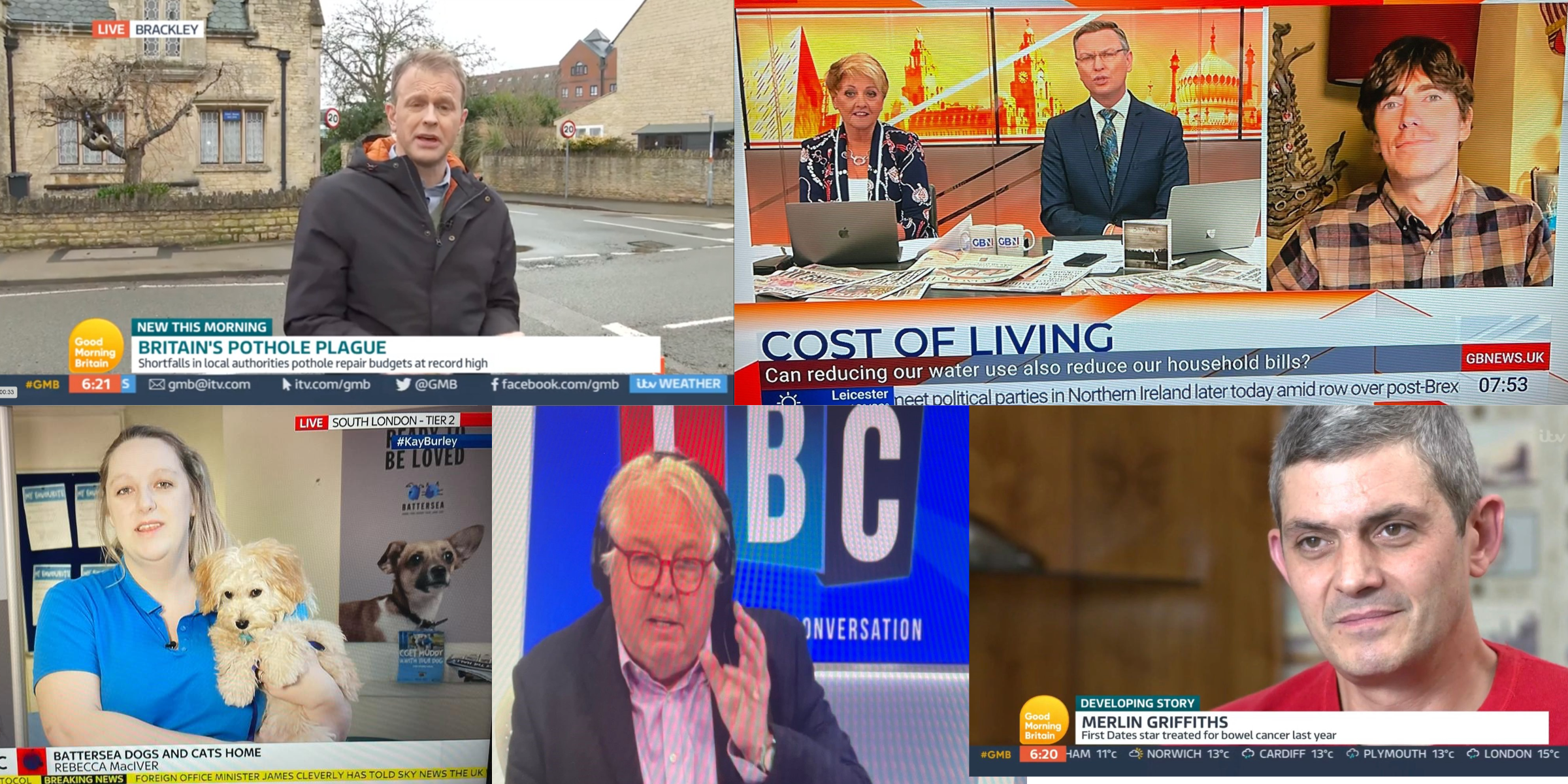Getting on the news can catapult your business or brand into the spotlight, allowing you to reach new audiences and build credibility.
News coverage, whether local or national, on TV, radio, or online, has a power that advertising often lacks – it’s seen as objective and authoritative. With radio and TV especially, there is also a unique intimate connection between audience and presenter, something that can’t be replicated elsewhere. This is why, despite growing competition for attention, broadcast still pulls in impressive audience figures each year.
With this in mind, PR professionals really should consider getting on the news as a central part of their communication strategy. Here at Shout! Communications, we have extensive experience within the broadcast space, both as PR professionals, and ex-journalists. We have pulled together our experience to provide you with a snapshot of how to go about getting your story told on the news.
Introduction
Every brand, no matter what the size, has a story that could appeal to a media audience. Be that the launch of a new product, some new research or to grow awareness of something noble the brand is doing within an industry or community. However, knowing how to package and present that story for the news, especially within broadcast, is a different skill set entirely. Plot twist – it’s much more difficult to land a TV interview than it is a social media collaboration! So, if it’s so difficult to get onto the news, why should you bother?
Reasons to get on the news
Understanding the why behind your desire to get on the news is crucial to defining a focused approach. It can also help inform clients as to the value of the process when discussing adding broadcast PR to a campaign strategy. Here are some of the most common reasons brands might look to secure coverage in the news:
- Increase Brand Exposure: With news coverage, your brand can reach audiences that may not be accessible through other channels, especially since news stories are often shared across different platforms. A successful TV opportunity on BBC news for instance may get clipped up and shared online and across social media, often multiplying an already handsome audience reach.
- Promote a Specific Story: Is there a unique story about your brand or industry that the public should know about? News coverage allows you to position yourself as an expert or pioneer in your niche. Producers are always looking to tell stories that are different from the norm. If yours stands out from the crowd and is quirky, the chances are, there may be a broadcast producer who wants to get you on the news.
- Target a Specific Audience: News outlets often have loyal, niche followings. By targeting the right channel, you can ensure your story reaches the people who matter most. For instance, a business story can be tailored and pitched to some of the leading business shows such as Sky News Business Live. Likewise, a story specifically aimed at Gen Z could be pitched to BBC Radio 1 and BBC Newsbeat.
- Build Credibility and Trust: Coverage on a respected news platform lends a sense of credibility that advertising simply cannot offer. Viewers or readers trust journalists to vet stories, giving your brand an added layer of trust. There’s nothing quite landing an interview on BBC Breakfast or Good Morning Britain to show confidence in your offering.
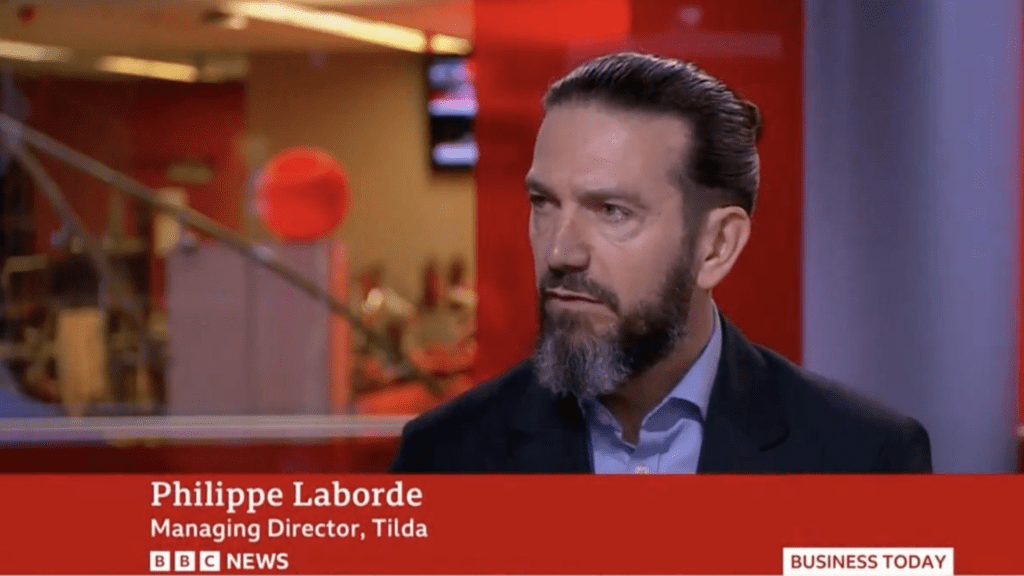
Steps to take, to get on the news
As we’ve already alluded, getting on the news isn’t always straightforward, especially within the broadcast PR world as there is so much competition to stand out from. In fact, its’s not uncommon for a producer at a leading news network to receive thousands of broadcast PR pitches every single day. That said, there are some practical steps we can offer that can help you get there:
Writing a Press Release
The press release remains a core tool for all broadcast PR stories. Limited resources are a sign of the times, so a strong release is key to get the pitch off to a good start. It’s important to note however that broadcast PR press releases are very different to news copy. They need to get to the point faster, include a stand out news line and offer the basics of the story. It’s always useful to highlight the key points and avoid jargon at all costs. Remember, we are all very close to what we do each and every day, but the journalist needs to convey the story in simple terms to an audience who may have never come across the topic before.
It helps to make sure that any industry specific terms are explained in layman’s terms and that the release is straightforward and compelling. Warning – the pitch is likely to fail at this very early stage if the journalist can’t understand it! Additionally, for television PR, it’s always useful to include links to any video footage and high quality still images which could increase the release’s appeal. We can help you with this and offer video production services. **insert link to service page**
Approaching Media Outlets
Here at Shout! Communications we are constantly keeping on top of industry trends. There have been a lot of resource changes since the pandemic and it’s not uncommon for a producer who was working on one show or network last week to now be somewhere else entirely. They don’t say broadcasting moves fast for no reason! In the world of broadcast PR, your success really is only as good as the contacts you have. We pride ourselves on our strong relationships with media professionals, meaning we can save you the time and effort by getting your press release in front of the right people at exactly the right time. We know exactly what different producers from different networks are looking for so we can ensure your pitch has all the components for success, increasing your probability of getting your story told on the news. If your client specifically wants regional radio, a conversation about local statistics, local voices and case studies will always help our case and give your story a greater chance of being picked up in the news.
We can also offer spokespeople to comment as industry experts on any breaking news story. This form of broadcast PR is called news-jacking and involves a company spokesperson or expert speaking to a journalist on-air, often at very short notice, to comment on a story impacting a specific industry or audience. This can be a fantastic way of positioning your brand as leaders in your field.
In Person or Remote
Things within the broadcast PR space have changed dramatically in the past few years, catapulted by the pandemic. The circumstances forced broadcasters to fast-track use of remote software such as Zoom when conducting interviews. Getting on the news looks very different to what it did in the past. These days with less resources at broadcast sites, many radio stations would rather interviews be conducted remotely than in person.
Likewise, for TV PR, it’s not uncommon for an interview request to come accompanied with a Zoom link or Live U request, an industry standard remote link system for television. Unfortunately, as with most technology, things can go wrong with remote interviews, such a line drop outs, poor visuals and audio. Before every remote interview, we carry out a line check to ensure the possibility of connection issues on the day are kept to a minimum. This is important as broadcasters can and will drop an interview last minute if the line is not satisfactory. This is incredibly frustrating to all involved, especially the client, considering the time and money invested.
That said, there are some broadcasters that will prefer an in-person interview over a remote one, especially if your client is aiming for a much respected sofa slot on one of the leading breakfast TV news shows. We can advise you as part of the broadcast PR process the preferences of each show so you can prepare your client and avoid any huge surprises along the way.
Media Training
Of course, you can write the perfect press release, create the perfect pitch and get your story featured on the news – only to then fail when it comes to getting on air. Once the microphone or cameras go live, the responsibility for the success of the broadcast PR coverage lands firmly on the shoulders of the spokesperson. This is why it is paramount that they are briefed on what to expect before the interview. As part of our broadcast PR campaigns, we always include a short briefing session ahead of each interview to ensure the spokesperson is confident and ready to do the brand justice.
We can advise on the best spokespeople to use for the news outlet you are hoping to land. Some outlets for instance would be very unlikely to speak to a corporate voice from the company, in which case, a third-party expert might be most appropriate. That said, business outlets or news desks might be more interested in the CEO or owner of the company. Should the spokesperson have little or no media experience whatsoever, we can offer media training solutions to ensure your spokesperson really does hit the ground running and helps you to make the most of the interview opportunity.
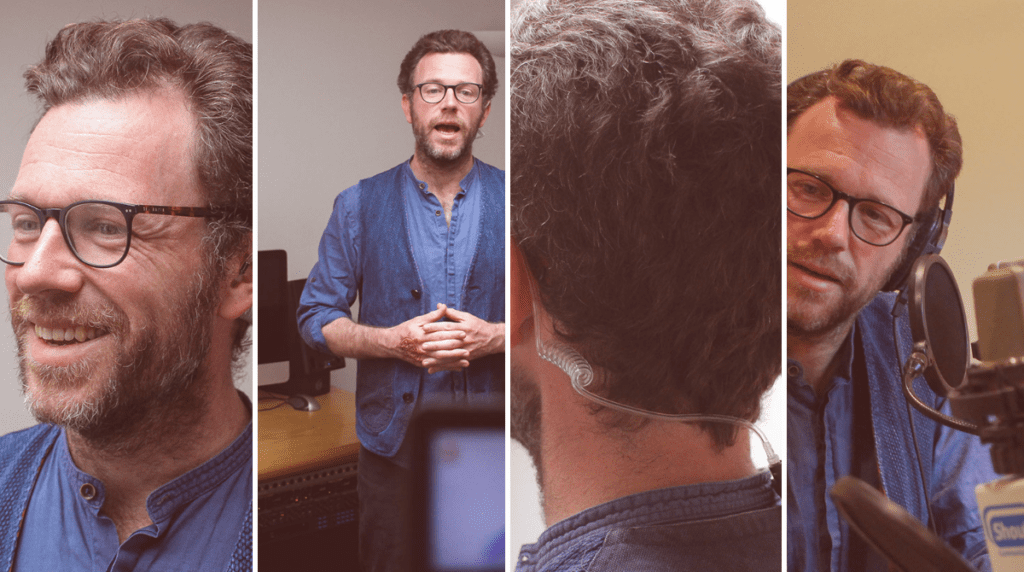
Tips to preparing for a news interview
Although our media training options offer a thorough preparation for any broadcast PR interview, here are some basic tips on how to prepare for a news interview:
- Know Your Key Messages: Practice articulating the top three points you want to make during the interview. We can help you with these in our briefing beforehand. Be concise and ready to answer questions related to these messages.
- Anticipate Questions: Consider potential questions the journalist might ask and rehearse responses to ensure you’re able to answer smoothly.
- Present Yourself Professionally: Dress appropriately for TV or even radio, as this can still affect the way you’re perceived. Consider your body language and maintain eye contact if on-camera.
News coverage on TV vs. Radio - How are news stories on each channel different?
- TV: Television requires a visual element. Provide compelling visuals like graphics or video clips to make the story more dynamic and more likely to garner interest from producers. We offer video production and can help you create the perfect B-ROLL, short video clips that producers can use on air to illustrate the story. For more about B-Roll click here.
- Radio: Radio relies on clear, engaging audio. Craft responses that are straightforward, as listeners cannot see any visual context. You should prepare your spokesperson to articulate your message concisely for short time slots – an interview for Sky News radio is likely to be clipped up into 5 second segments for instance. It’s important not to script answers, but to have a natural conversation with the producer or presenter. The last thing they want is a robot on air!
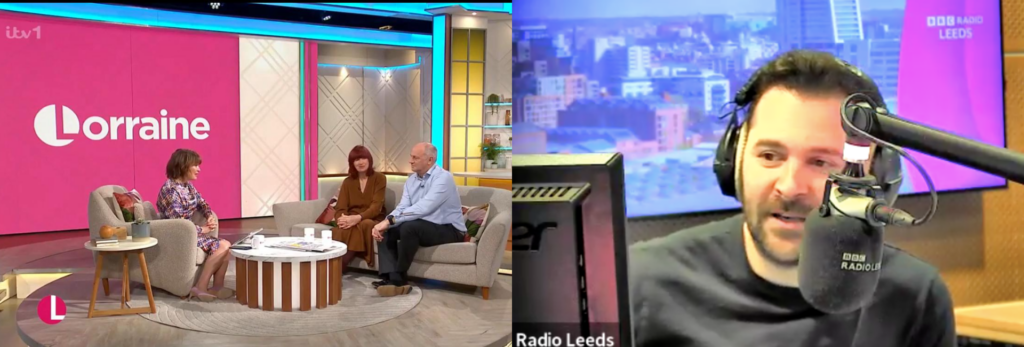
Format of news appearances - what generally happens?
So, you’re briefed, prepared and excited for the interview. What now? Well, the format of a news appearance typically follows these stages:
- Pre-Interview Briefing: You’ll be briefed by the journalist or producer about the approach for the interview. It is very unlikely credible broadcasters will offer questions in advance, but we always try to get an idea of topics that may come up so your spokesperson isn’t caught off guard.
- Live or Pre-Recorded Segment: Depending on the outlet, you might be doing a live segment or a pre-recorded one. While you should always treat every interview as live (and every microphone a live one), if something drastic happened in a pre-recorded interview, such as a heavy cough or your voice breaking down, there is the reassurance that the interview could be paused.
- Post-Interview Follow-Up: After the segment airs, we will work to get a copy of the recording or live transmission so you can review for your records.
Choose Shout! Communications
Looking to get your brand on the news? Here at Shout! Communications we specialise in helping brands secure media coverage on the most reputable news outlets. With our extensive industry experience and contacts across TV, radio, and online news, we make getting media attention easier than ever.
Our media training also ensures you and your spokespeople make the very most out of any hard won news opportunity. For more details about our media training click here: https://shoutcommunications.co.uk/what-we-do/media-training/
Let Shout! Communications help you craft, pitch, and land the story that will put your brand in the spotlight. Contact us today to take your brand’s visibility to the next level.
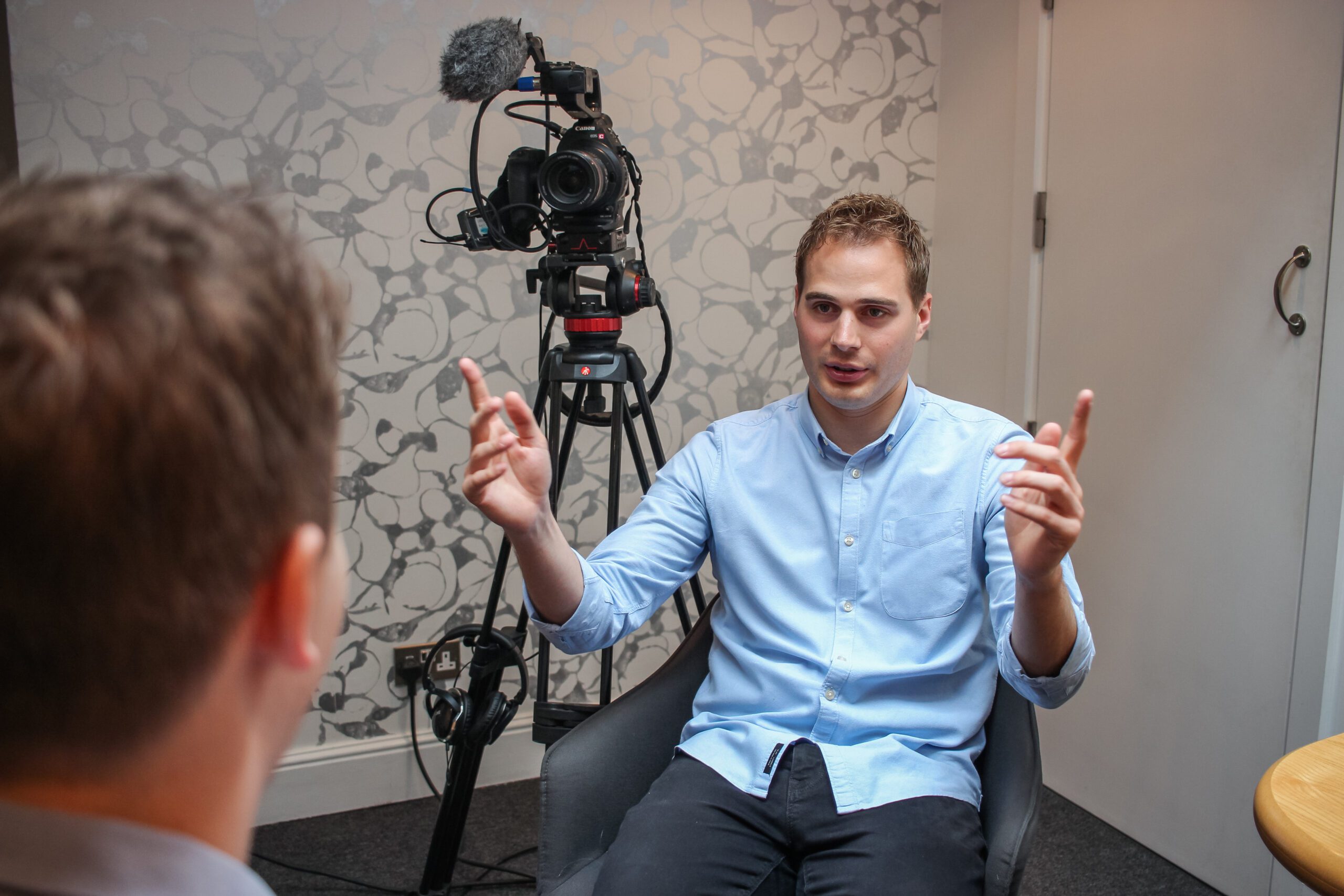
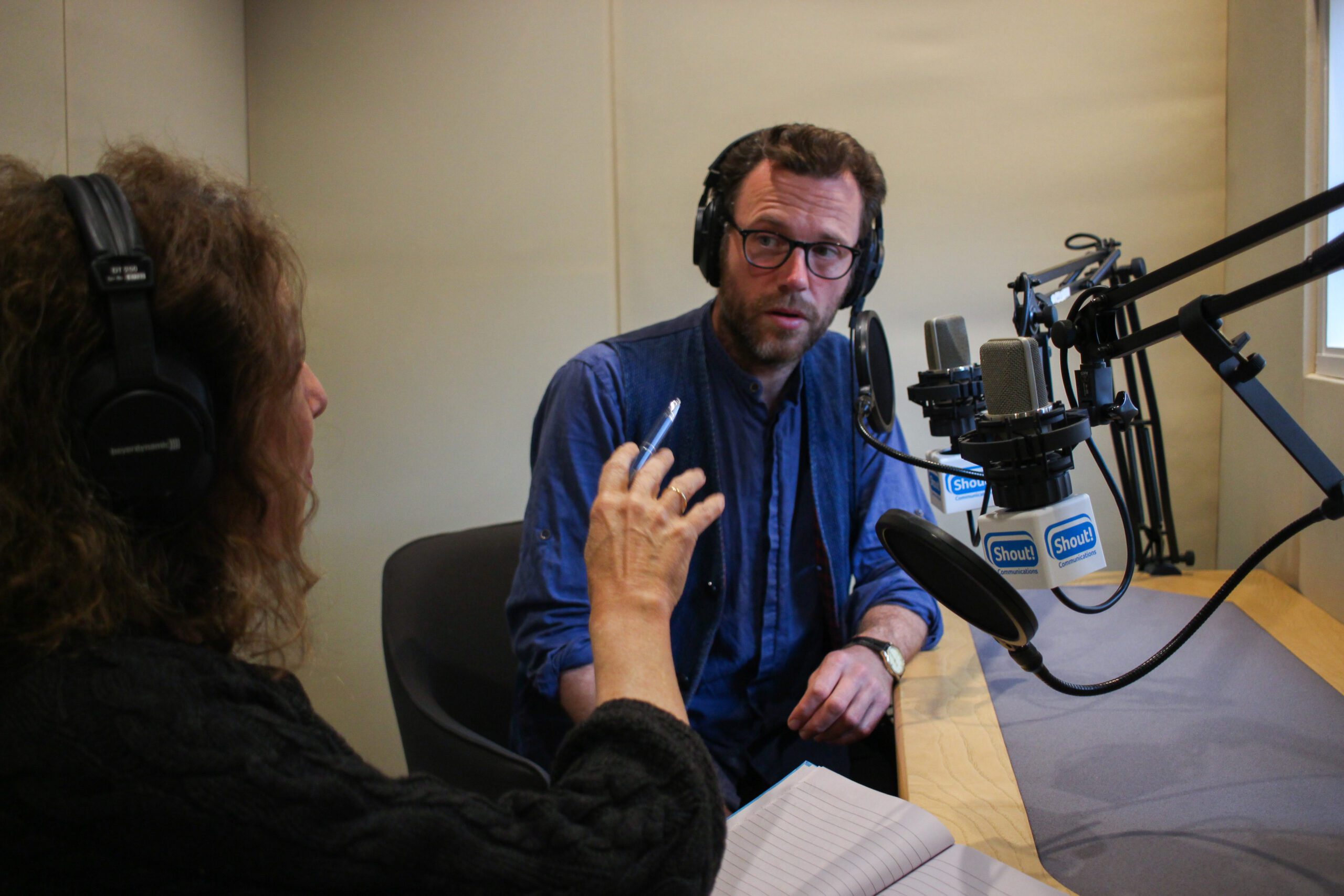
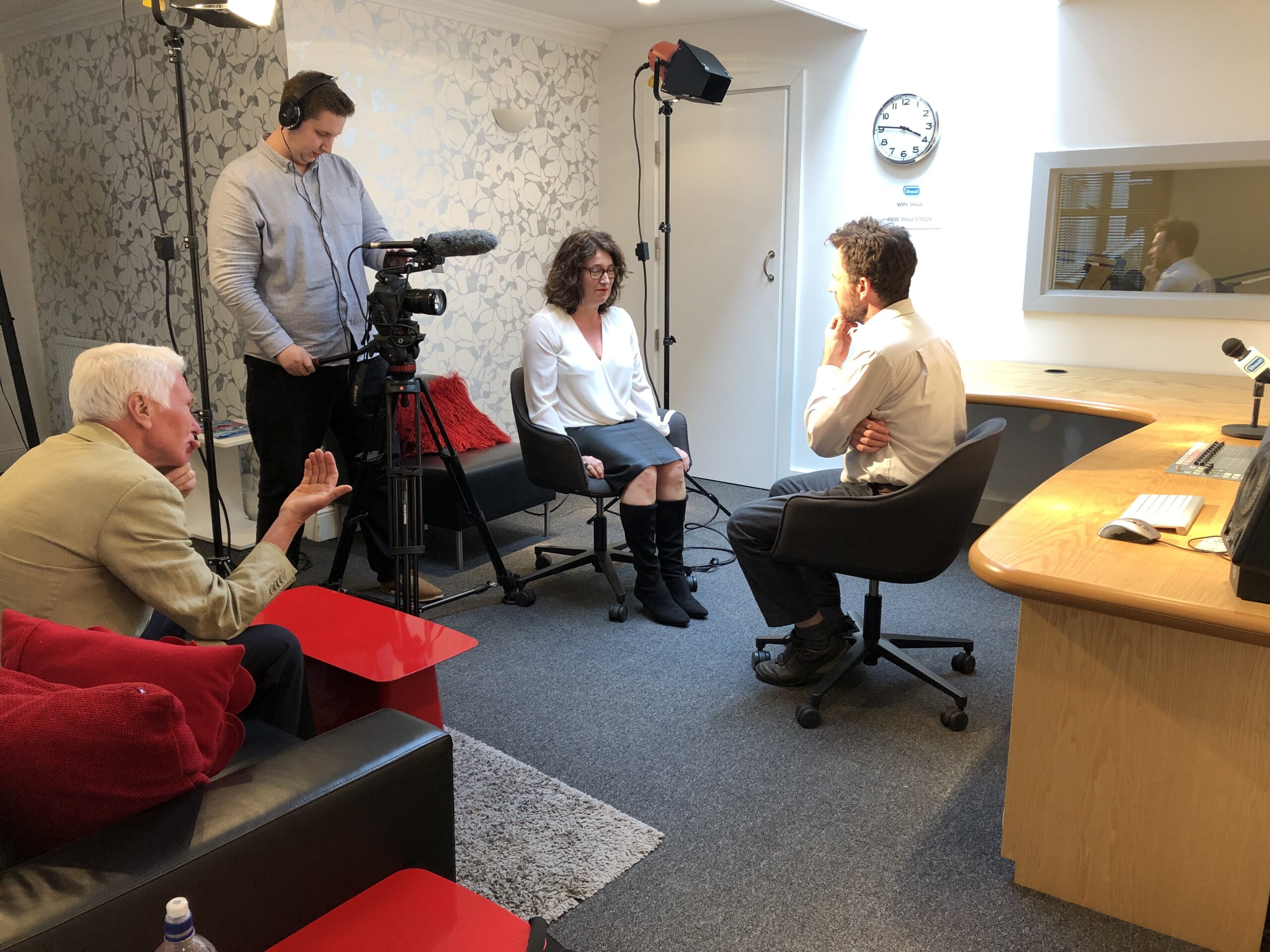
Get in Touch

Author: Carl Hughes
Carl ensures that the Shout! Communications team produces quality editorial coverage for clients across all broadcast channels. Before joining the media relations team Carl worked for 15 years as a producer and presenter for commercial radio groups Global and Bauer, at Heart and Capital FM.
